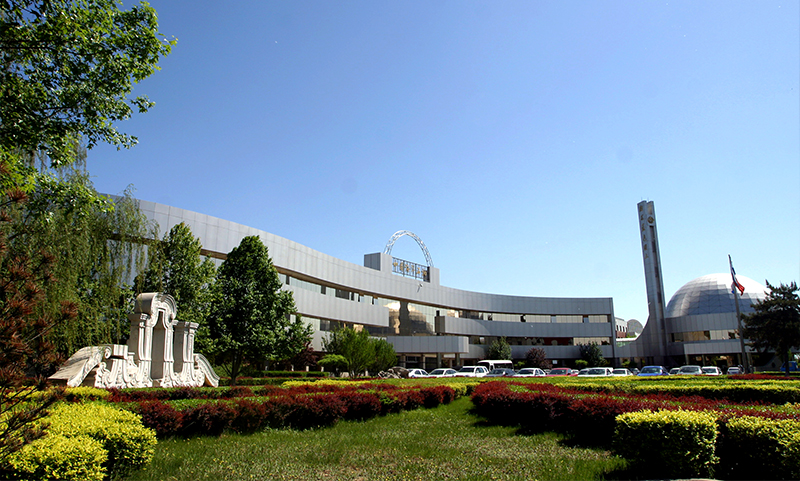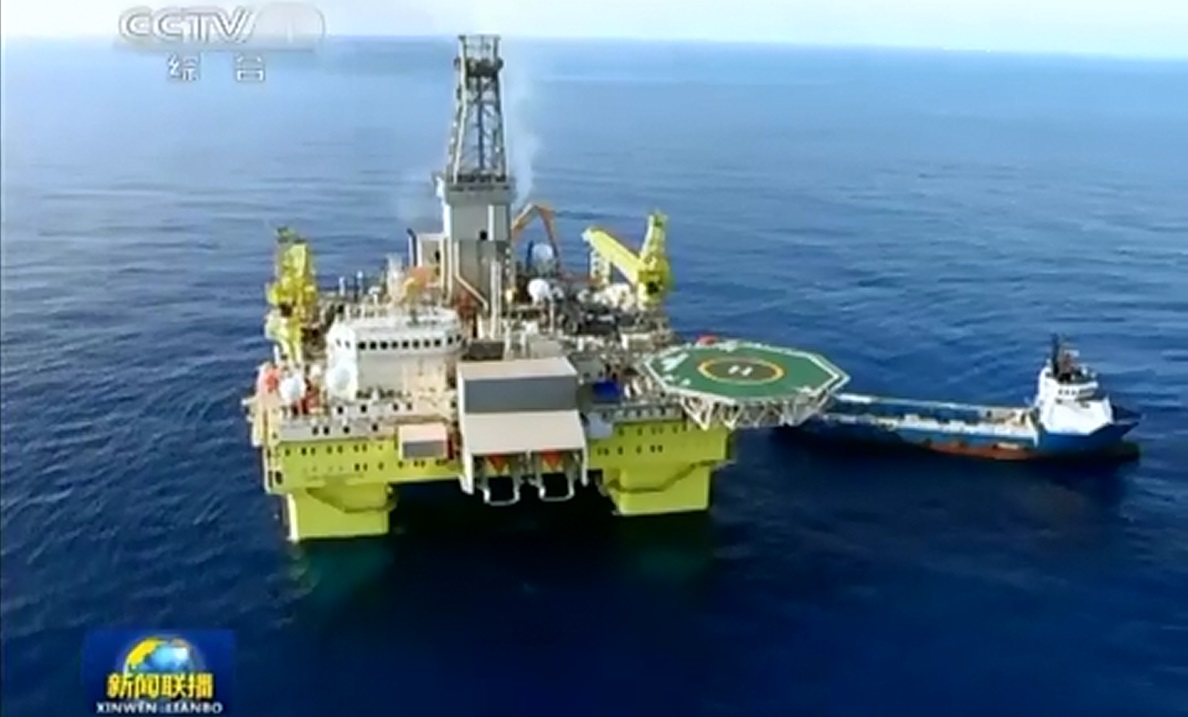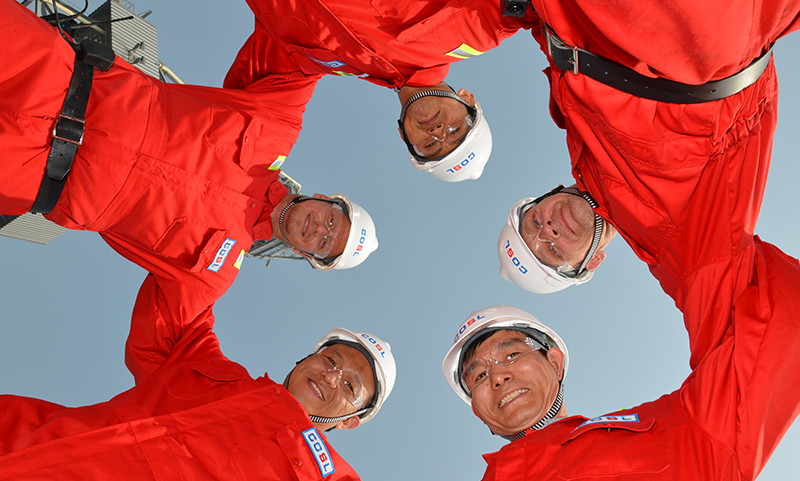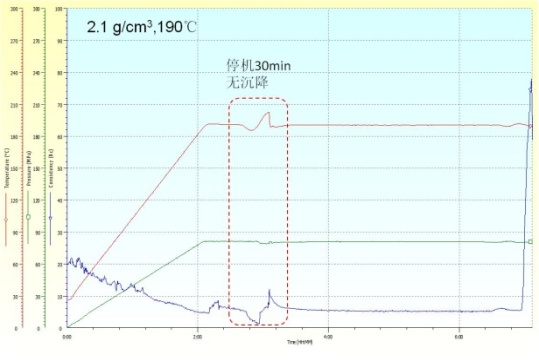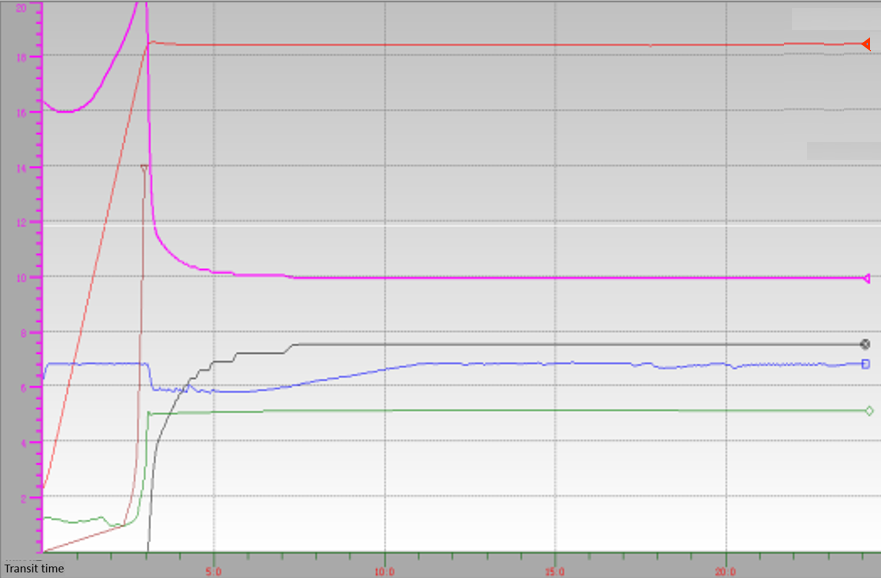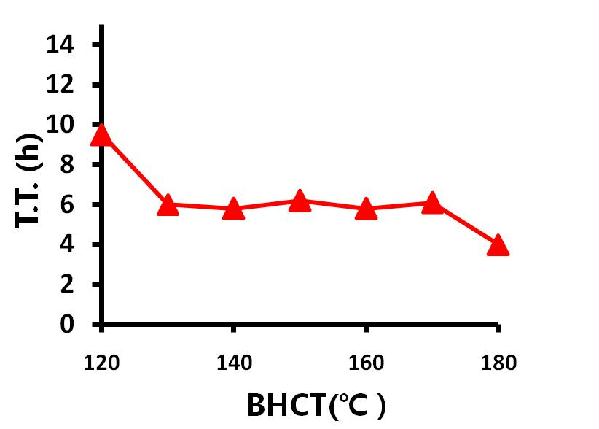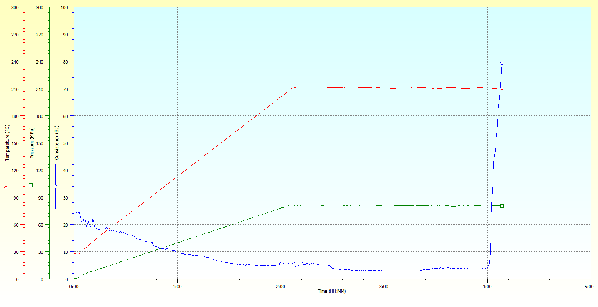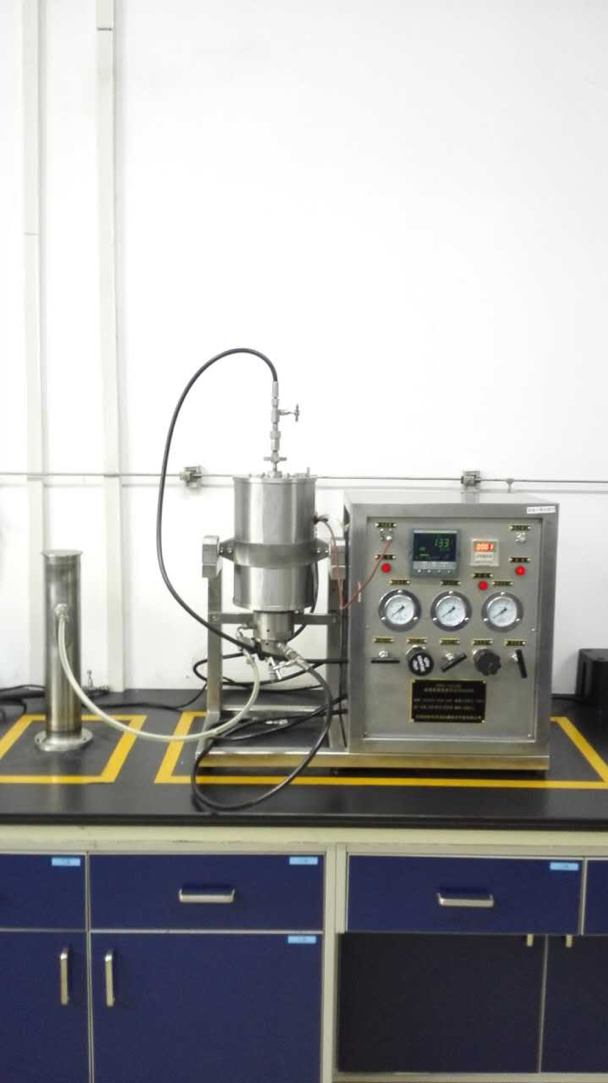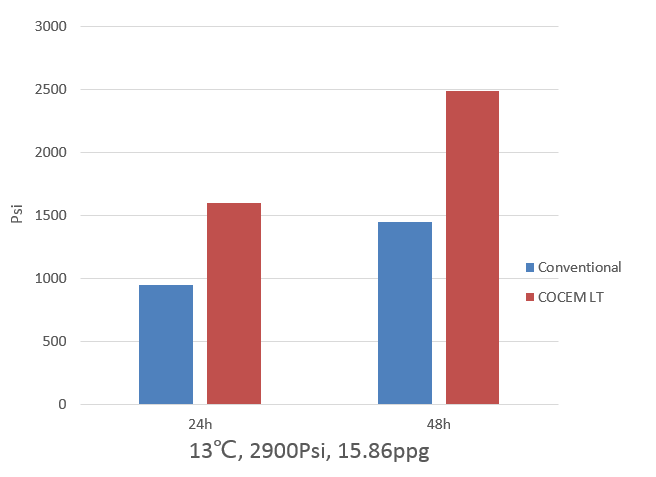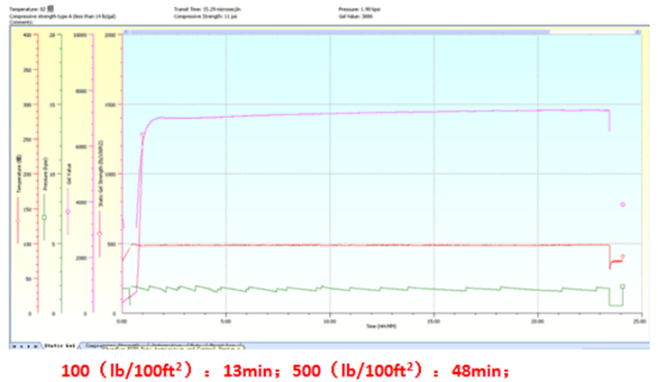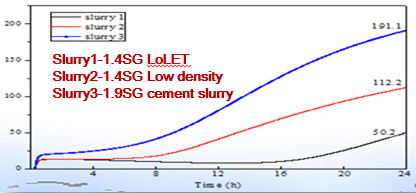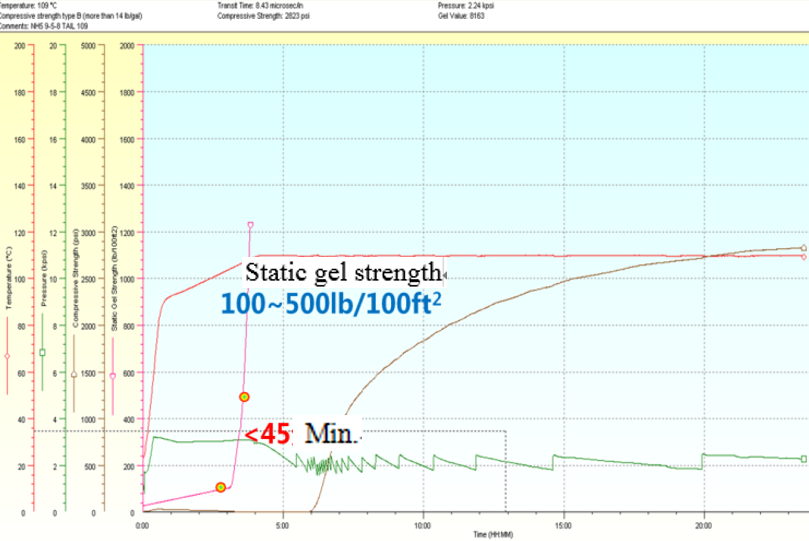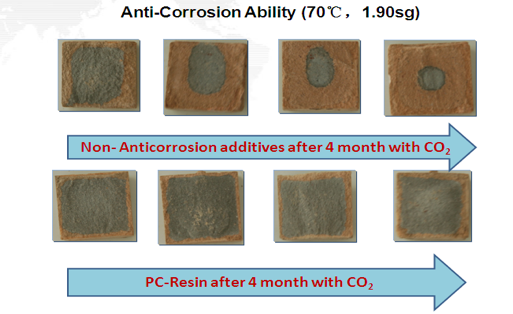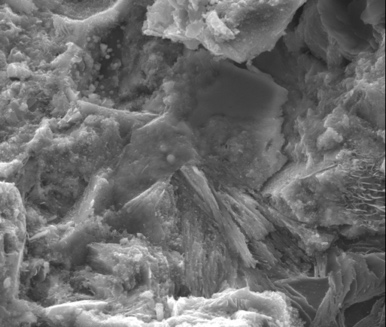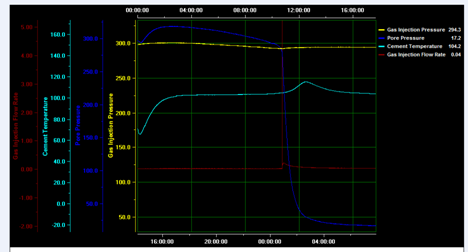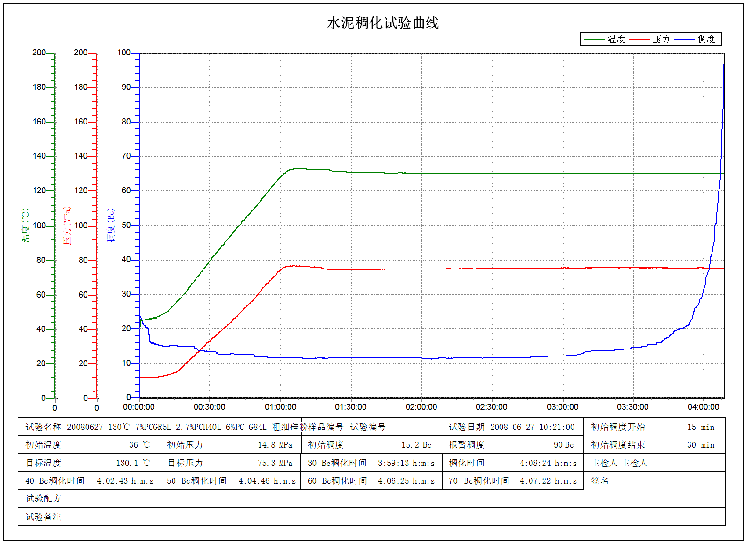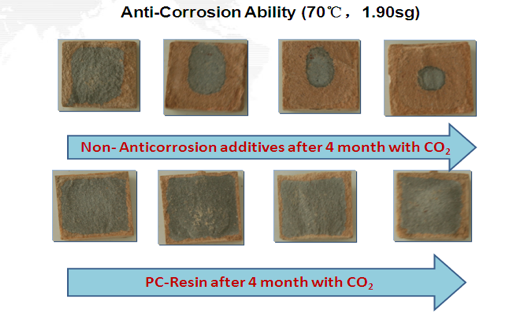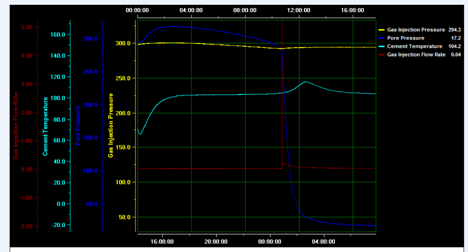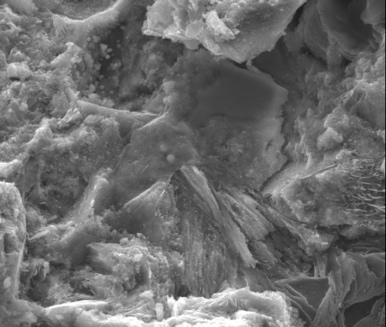With over thirty years HTHP well cementing experiences, COSL has
developed series of HTHP well cementing technologies through
researching and field practices. COSL Cementing delivers
reliable zonal isolation within the entire life of well .
Providing our customers with satisfied HTHP well cementing
solutions.
HTHP oil and gas field exploration and production is more
challenging in terms of zonal isolation and cementing slurry
system design, as conventional drilling of oil and gas wells are
declining.
The key technologies and innovation of high temperature and high
pressure well cementing technologies include:
I. HTHP cement slurry system. Series of HTHP cementing additives
have been developed which can withstand up to 500℉ of BHST and
23.37ppg of slurry density. It is very stable under high
temperature with promising API fluid loss, short transition
time, and low porosity of set cement.
I. HTHP cement slurry system. Series of HTHP cementing additives
have been developed which can withstand up to 500℉ of BHST and
23.37ppg of slurry density. It is very stable under high
temperature with promising API fluid loss, short transition
time, and low porosity of set cement.
III. Anti-channeling, corrosion resistance and stress resistance
cement technology. A set cement stress-resilience and damage
evaluation equipment was invented, along with additives and
cement systems which prevent gas migration, corrosion and
elastic enhancement were developed that solve the problems of
gas migration and enable the long-term integrity of cement
stone.
IV. Gas channeling analyzer and cement sheath contraction and
expansion analyzer are patent pending
All above technical achievement has been successfully applied in
more than 100 wells in South China Sea, Myanmar, Indonesia, Iraq
and other regions. It has been recognized by customers for its
problem solving and successful applications.
HTHP cement systems include:
-COCEM-HIWI high temperature and high density cement system
-COCEM-HT cement system
|
COCEM-Hiwi high temperature and high density cement
system
|
High-pressure formation require heavyweight cements to
restrain the formation pore pressure. COCEM-Hiwi cement system
provides high-density cements up to 23.37ppg without vicious
the slurry. It is ideal for high-pressure, high-temperature
(HTHP) cementing application.
Features:
‒ Good rheology, easier slurry placement at small pressure
window formations.
‒ Reduced risks associated with long WOC.
‒ Slurries allow being mixed on the fly.
‒ API fluid loss < 50ml.
‒ Zero free fluid.
‒ High compressive strength and no strength retrogression.
‒ High solid content, good anti-gas migration performance.
‒ Excellent stability of slurries at high temperatures.
‒ Resistance to mud contamination.
‒ High-density slurry with low viscosity.
Applications:
‒ HPHT primary cementing
‒ Well control and whipstock plugs
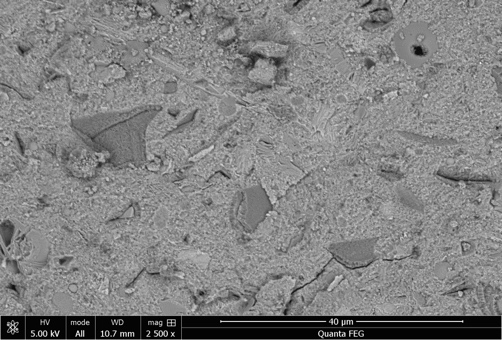
EPS design stone (SEM)
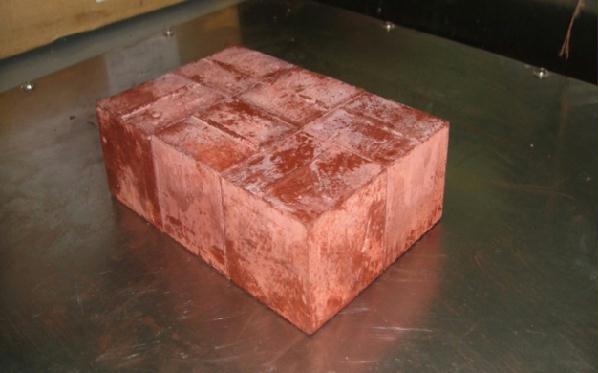
Set Cement Sample

